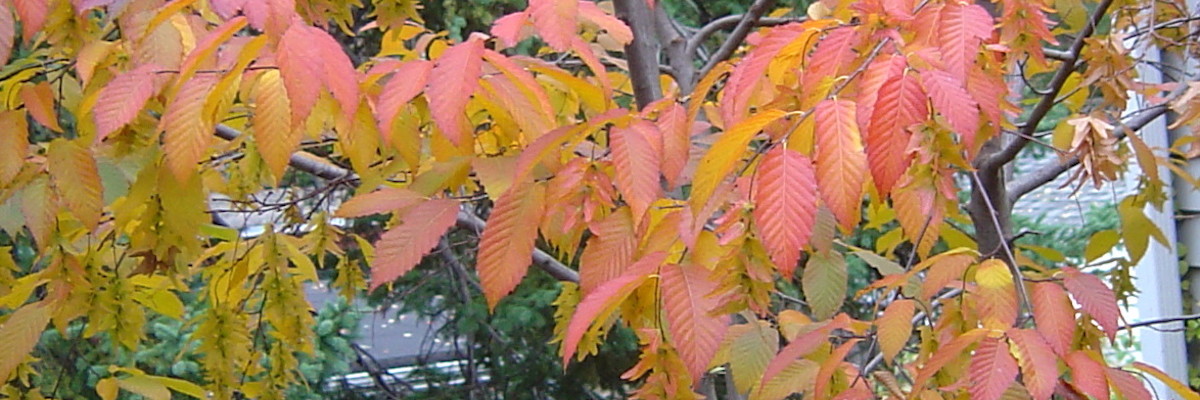blue beech tree facts
Commercial use of hornbeam wood is not practicable however due to the limited amount of wood per tree. This tree has distinct flares on the trunk and branches that resemble muscle definition.
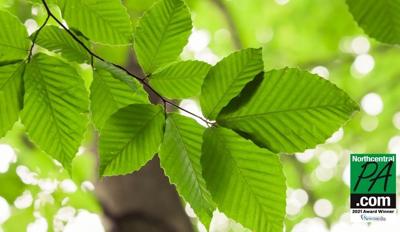
Dcnr Blog Newly Found Disease Killing American Beech Trees Help Track The Disease Outdoors Northcentralpa Com
Also known as Buna or Siebolds beech this tree has a widely variable growth rate and has been known to exceed 200 feet.

. The blue beech also known as musclewood and American hornbeam is a small shrubby tree with one or more trunks. What Are Some Uses For Beech Trees. Musclewood This medium sized understory tree is a great native for a shaded mesic to dry place in the landscape.
The extremely hard wood of this tree will as the common name suggests take a horn-like polish and was once used by early Americans to make bowls tool handles and ox yokes. It is a small tree 20 to 40 feet tall with a trunk diameter of up to two feet. Blue Beech is a beautiful ornamental tree with enticing features.
Blue beech is also referred to as American hornbeam or musclewood. It is a beautiful tree that creates ample shade. American hornbeam also known as blue beech is a broadleaf tree that belongs to the birch family.
The blue beech tree has several unique features which are mentioned below. The tallest blue beech tree was recorded to be 75 feet tall with 216 inches in diameter at the breast. Mature width 30-40 feet.
The tree is perhaps best known for its smooth and sinewy steel-gray bark and the muscle-like look of its maturing trunk and larger branches thus one of its common names. Blue Beech Carpinus caroliniana subsp. Blue Beech - Carpinus caroliniana.
The wide-spreading canopy provides great shade in the summer and beautiful bronze coloring in the fall. New leaves emerge reddish-purple transforming to dark green and then turn striking shades of yellow orange and red in fall. 18 24 m tall and up to 80 ft.
American Beech Tree Fagus grandifolia American beech tree Fagus grandifolia The American beech tree is a tall deciduous hardwood tree with large glossy green leaves smooth light-gray bark and a rounded spreading crown. 20 to 35 feet. Part shade to full shade.
It is a versatile tree often used in parks golf courses acreages and the forestry industry. 3 m in ten years. The Blue Beech does well in shady moist areas and can make up a large part of the understory in some forests partially due to the unpalatable.
Has an oval to rounded form. 20 to 25 feet wide and 20 to 35 feet tall. European beech is best grown in USDA Hardiness Zones 5 through 7.
It is found in north-facing bluffs rich woods at bases of bluffs rocky slopes along streams ravine bottoms low wooded valleys and moist woodlands. The veins in the leaves are straight and nearly parallel. A understory species of moist lowland forests it is a small-statured tree whose crown is easily lost in the lower canopy and its tendency for multiple stems even small colonies from root suckers can give it a shrub.
European hornbeam trees grow 40 to 60 ft. Dark green in summer and change to colorful tones of orange red and yellow in. Blue Beech also commonly known as American Hornbeam is a very small tree but the extremely dense and hardy wood is so strong and difficult to crack that early pioneers used it to make bowls and plates.
Bluish-gray bark with fluted appearance of wood. Once all the foliage has dropped grooved blue-grey bark becomes striking on a winter landscape. Leaves drop in fall.
The formal and stately American beech holds a special place in many hearts. Blue beech is widespread throughout Illinois in. When it comes to variety the European beech Fagus sylvatica comprises many forms and selections of heightened beauty and ornamental value for gardens.
While distributed throughout much of Minnesotas eastern deciduous forests Blue Beech is by no means frequently encountered or perhaps more so not readily recognized. Size range Medium tree 25-40 feet Large tree more than 40 feet Mature height 40-60 feet. A blue beech tree is short typically averaging around 20 to 35 feet and has a spread of similar size.
Magnificent as solitary specimen trees beeches Fagus spp are large deciduous plants admired for their shape and foliage. In the landscape this beech casts very dense shade that can make it. The beech is one of the most commonly used ornamental trees throughout the world.
It can be found in the eastern parts of the USA. The foliage transforms throughout the season offering a kaleidoscope of color. American hornbeam also known as musclewood or blue beech is a small slow-growing understory tree native to hardwood forests of the eastern US and Canada.
The American beech is not a tree you plant for fast growth and quick shade this slow grower is planted for. As the popular name implies this trees incredibly strong wood takes a horn-like polish and is previously utilized by early Americans to. 12 18 m tall and 30 40 ft.
Leaves are bluish-green with fine teeth and becoming successively larger along the shoots. Foliage Deciduous seasonally loses leaves Native locale Non-native. It is native to eastern North America from Minnesota and southern Ontario east to Maine and south to eastern Texas and northern Florida.
It is also a frequent specimen in bonsai gardening. The crown is rounded and the trunk is often short and crooked. The leaves are elliptical in shape and have doubly serrated margins.
Virginiana Other Common Names. Some exceptions have been noted to this observation. Carpinus caroliniana the American hornbeam is a small hardwood tree in the genus Carpinus.
Blue beech may also be known as musclewood for its muscle-like ridges on the smooth-gray trunks and if often confused as a small beech tree. It is an understory tree that rarely grows much higher than 20 feet in the wild and often grows in clumps of several trunks. In time the dense canopy becomes more rounded with an oval shape and irregular silhouette.
European hornbeam trees have a pyramidal shape when young. 9 12 m wide. American hornbeam is also known as blue-beech ironwood musclewood and muscle beech.
The bark is bluish-gray thin fairly smooth and heavily fluted. As a beautiful shade tree the American beech grows between 60 and 80 ft. American hornbeam grows on well-drained fertile acidic soil in areas that provide enough sun such as deciduous forests and areas near the streams.
American hornbeam blue beech musclewood ironwood water beech. Blue beech ironwood muscle beech musclewood and water beech are other names for this tree. Light exposure Full sun 6 hrs direct light daily Partial sun shade 4-6 hrs light daily Full shade 4 hrs or less of light daily.
The small nuts are surrounded by a leaf-like bract becoming brown in late fall and hanging in clusters. I have seen this tree growing in upland slopes in deep shade under mature hemlocks in Ontario and in field edges and understories in north central Wisconsin along with White Oak. 20 to 35 feet.
The slow-growing hornbeam tree grows around 10 ft. Tree or plant type Tree.
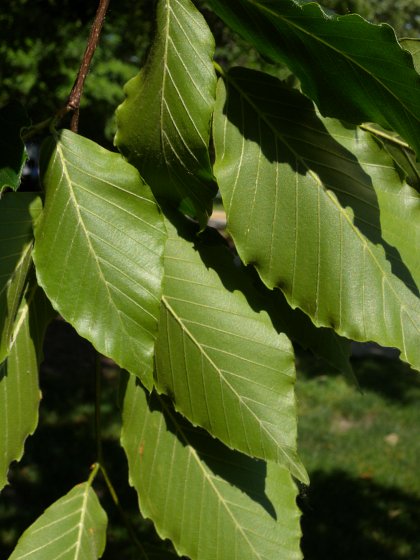
American Beech Fagus Grandifolia
Carpinus Caroliniana Blue Beech Minnesota Wildflowers

I Spy Something That Is Blue Leaf Local Enhancement Appreciation Of Forests
Small Blue Beech Tree Leaves Look Like Something Is Wrong 463158 Ask Extension
Carpinus Caroliniana Blue Beech Minnesota Wildflowers

American Beech Tree On The Tree Guide At Arborday Org

186 American Beech Tree Photos Free Royalty Free Stock Photos From Dreamstime

Carpinus Caroliniana American Hornbeam Blue Beech Hornbeam Ironwood Musclewood Muscle Wood Water Beech North Carolina Extension Gardener Plant Toolbox

Need A Tree For A Shady Space Think Blue Beech Clc Tree Services
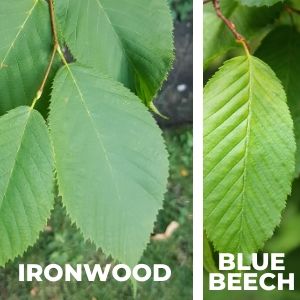
Ironwood The Inconspicuous Tree Leaf Local Enhancement Appreciation Of Forests

American Beech Tree On The Tree Guide At Arborday Org
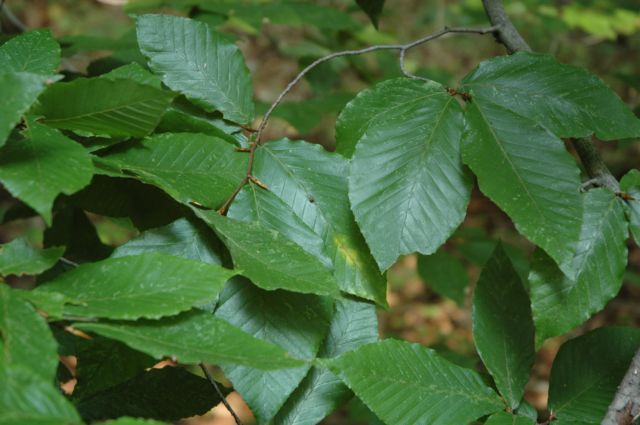
Beech Tree Pictures Photos Images Facts On Beech Trees
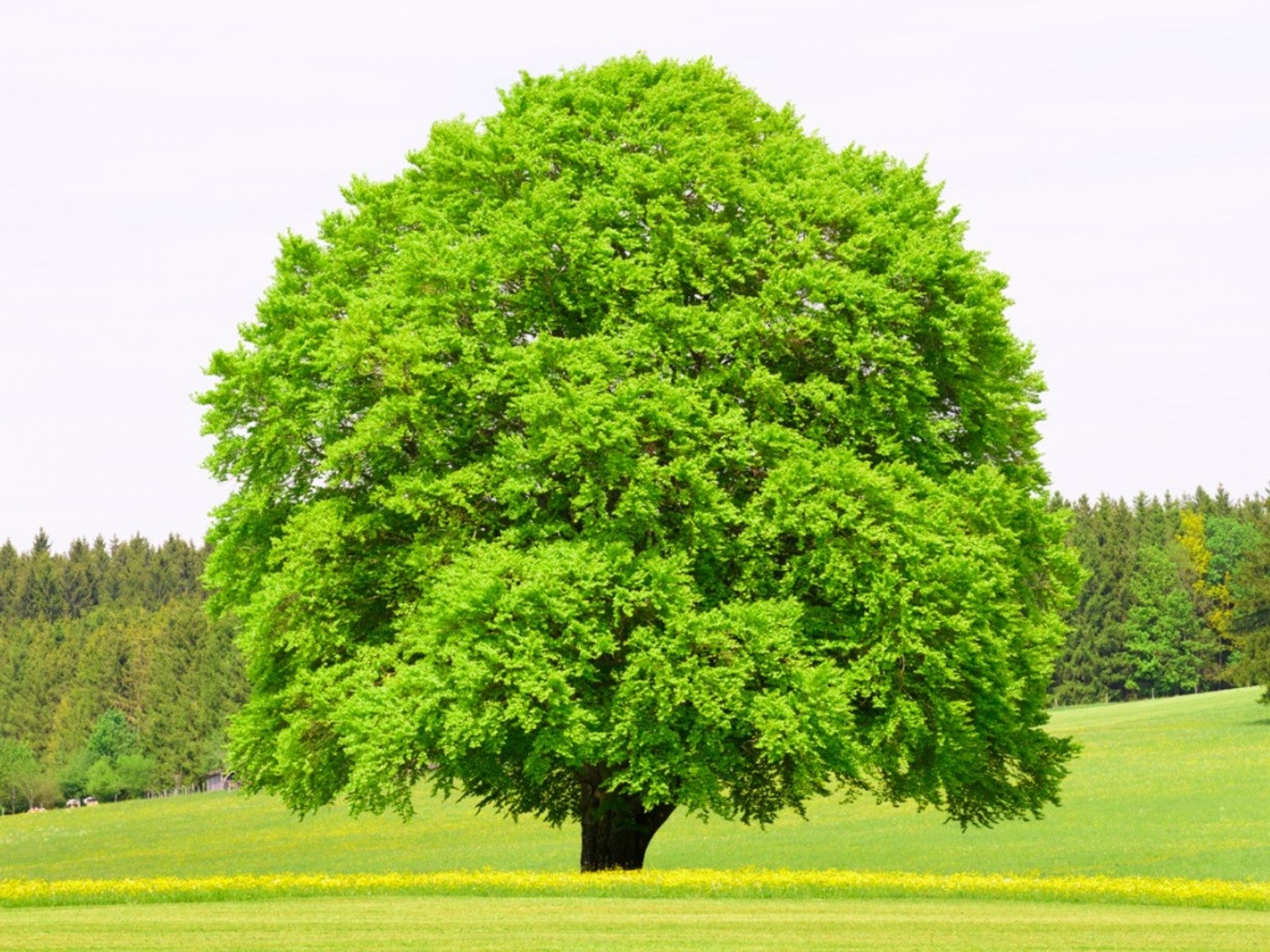
Beech Tree Planting Types Of Beech Trees For The Landscape

What Is An American Beech Tree Types And Uses Home Stratosphere
